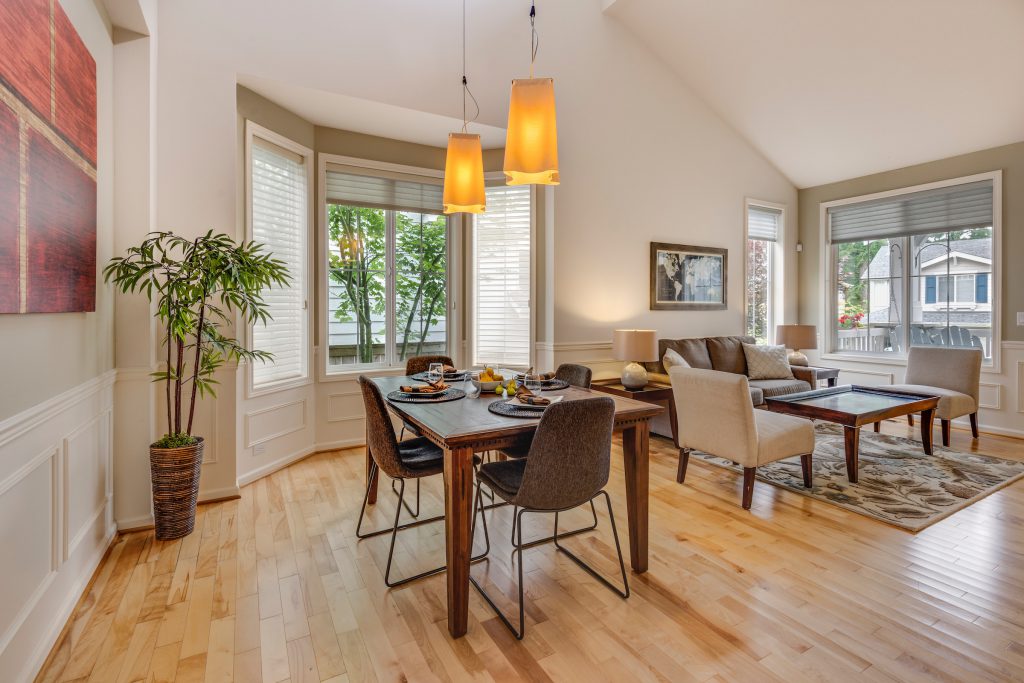Indoor plants not only enhance the aesthetics of a space but also contribute to a healthier living environment by purifying the air and increasing humidity. However, for these plants to thrive and exhibit their full potential, they require adequate light. This necessity often leads plant enthusiasts to position their green companions near windows. But there’s more to it than just placing them by a light source. Let’s delve into the nuances of plant positioning and the significance of rotating them regularly.

Understanding the light needs of indoor plants
The vast majority of indoor plants rely on light for photosynthesis, a process that allows them to produce energy. This fundamental need prompts many to place their plants close to windows, ensuring they receive several hours of sunlight daily.
Choosing the right window orientation
The direction in which a window faces plays a pivotal role in determining the amount and intensity of sunlight your plant will receive:
1. East-facing windows: These are ideal for most indoor plants. The morning sun is gentle, ensuring that plants can stay there throughout the year without the risk of getting scorched during the summer months.
2. South and West-facing windows: Plants placed near these windows will receive intense afternoon sunlight. While this can be beneficial, it’s crucial to move the plants about a meter away during the summer months (June to September) to prevent them from burning.
3. North-facing windows: These are the least ideal for plants, especially during the winter months (November to February), due to the limited light exposure.
The importance of rotating your plants
Ever noticed one side of your plant growing more vigorously than the other or leaning towards the light source? This is because, in their quest for light, plants tend to grow towards the primary light source, leading to uneven growth.
Why should you rotate your plants?
1. Symmetry: Regular rotation ensures that all parts of the plant receive equal light, promoting symmetrical growth. This not only makes the plant look more aesthetically pleasing but also ensures balanced growth.
2. Preventing Excessive Stretching: Plants that don’t receive uniform light tend to stretch towards the light source, leading to elongated stems and sparse foliage.
3. Mimicking Nature: In nature, plants receive sunlight from all directions as the sun moves across the sky. By rotating indoor plants, you mimic this natural movement, providing them with a more holistic growth environment.
How often should you rotate?
A simple and effective practice is to rotate your plants a quarter turn every time you water them. This ensures regular rotation without the need for a strict schedule. Remember to always rotate your plants in the same direction to maintain consistency.
Conclusion
While indoor plants are often chosen for their aesthetic appeal, understanding their basic needs can ensure they remain healthy and vibrant. Proper positioning and regular rotation are simple yet effective ways to promote balanced growth and prevent common issues like leggy stems or uneven foliage. By paying attention to these details, you can enjoy the full beauty and benefits of your indoor greenery.

 Open Immovlan
Open Immovlan